the mystic syllables yop, yeep, and yoop
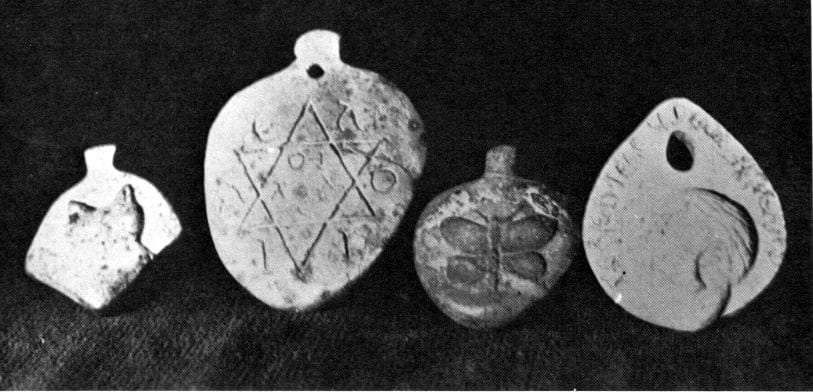
Here’s more Clark Ashton Smith reviews. In this batch I found another 5/5 story that had not been in any best-of collections, so the project continues to bear fruit.
This section takes us nearly halfway through 1932. To give you a bit of hard numbers, Smith published 18 stories in this year, followed by 22 in 1933 (his most prolific year) and then “only” 13 in 1934.
“The Justice of the Elephant” (Fall 1931)
This is just a little vignette, hardly a story at all, but it does feature two (possibly three) people getting stomped to death by an elephant, which makes it more fun than many stories that get published in SFF mags today.
2/5
“Seedling of Mars” (Fall 1931)
The two scientists who star in this story form an exaggerated Goofus and Gallant-type pair: one guy is open-minded and loves the unknown; the other is so blinkered that he is still declaring alien life to be "preposterous!" even after he has been abducted by a spaceship and carried off to Mars. It's all a bit tiresome, and feels like Smith is working out a gripe he had with some specific person he'd met in real life.
In the story’s second half, these two opposing attitudes (of skepticism versus curiosity) end up dividing humanity as a whole, in their response to an offer from an alien plant-god. The "skeptic" side is very explicitly portrayed as the wrong one; and yet the "pro-alien" side ends up assisting in the extermination of most of the human race. So whose side are we meant to be on again?
3/5
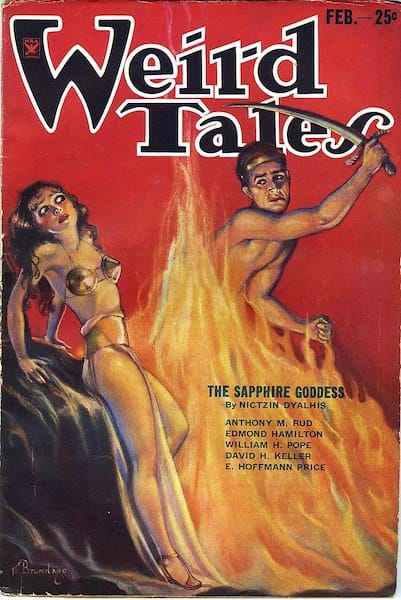
“The Door to Saturn” (January 1932)
The Book of Eibon is one of the iconic Forbidden Tomes frequently referenced in the Cthulhu Mythos (alongside the Necronomicon, Unaussprechlichen Kulten, etc). So I was a bit surprised to find Eibon himself is in this story, just kinda hanging out. Here he's less mysterious sorcerer and more gentleman-adventurer, on a whimsical journey through the alien landscape of Saturn.
The setting here has a Dr. Seuss-like quality, of whimsy more than horror. See for example these little guys: “… the Djhibbis, that apterous and Stylitean bird-people who roost on their individual dolomites for years at a time and meditate upon the cosmos, uttering to each other at long intervals the mystic syllables yop, yeep, and yoop, which are said to express an unfathomed range of esoteric thought.”
3/5
“The Monster of the Prophecy” (January 1932)
This story starts with a disillusioned Decadent poet, who is about to kill himself because it’s the 1930s and nobody wants to read his opium-hazed verses. This guy is 100% Smith’s self-insert. It’s not even slightly hidden. While he's standing on the bridge ready to jump, an alien walks up to him and says, “Hey, don't do it, man. Come to my home planet instead and hang out.”
The middle part drags a little. Smith simply cannot imagine an alien planet that isn't just like Earth but with all the colours different, like the trees are red instead of green, the coach is pulled by lizards instead of horses, etc. Real Flintstones-ass worldbuilding. However the conclusion is very nice: a rare upbeat ending, cheeky and sweet and affirming the transcendental power of poetry to bring people together, even if one of those people is a human and the other is a five legged four armed space babe.
4/5
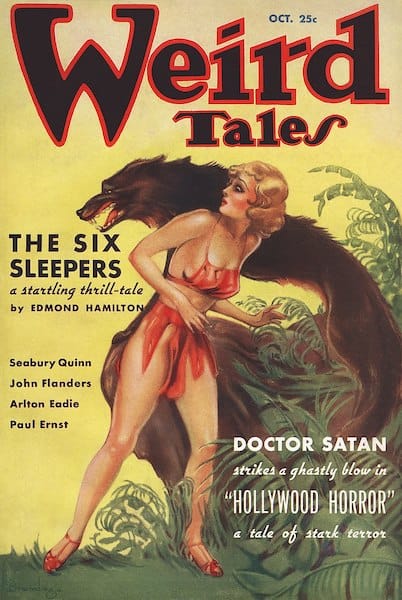
“The Eternal World” (March 1932)
Now this is something rather special. Starts out with a pretty typical Smith opening: a guy has made a device that lets him travel beyond space and time. His maiden voyage takes him to "the dream of some geometrician mad with infinity... obeying the laws of other perspectives than those of our own worlds". If most of Smith's otherworlds are the dreamy visions of an opium daze, this one is more like a full-blown DMT trip.
Time physically does not pass in the Eternal World: "He must maintain the position in which he had landed, must hold the breath he had been breathing at the moment of his impact against the eternal. He was fixed in a catalepsy of the senses; in a bright Nirvana of contemplation." But soon enough the protagonist is rescued from stasis by another dimensional voyager, wielding a ray that imposes time upon the timeless universe. The story builds on from this point to a climax of truly cosmic proportions.
I think this story has mostly gone uncollected in Smith anthologies because of one structural flaw: the protagonist literally does not do anything. He just watches the whole story play out from inside his time-capsule. Nevertheless, the alien extremity of the setting is enough to make this a unique gem among Smith's works.
5/5
“The Planet of the Dead” (March 1932)
Beginning with another Zhuangzi-style frame story (“Am I the dream or the dreamer?”) this piece soon plunges from mundane reality into an ultra-Gothic world of endless mausoleums and dissolute poetry. The descriptions of the decadent revellers—enjoying their last days before the imminent extinguishment of their sun—are among the finest of Smith's work.
I would be very surprised if this story had not been a direct influence on Jack Vance's The Dying Earth (1950), one of the all-time great works of fantasy fiction.
4/5
“The Gorgon” (April 1932)
A very brief story, in which the narrator receives a strange invitation to view the original head of Medusa, and accepts despite the obvious risks involved. The villain here is interesting. Though he's an ominous supernatural figure, he also gives off a strong “let me show you my anime figurines” vibe. Just a weird little freak.
2/5
“The Vaults of Yoh-Vombis” (May 1932)
This planetary romance starts out very unpromising. Smith's idea of Mars is that it's just like the Middle East but with little green men instead of Arabs. But once the not-Arab guides abandon the English gentlemen to their obviously impending doom, the story picks up rapidly. This piece is saved by one simple virtue: the monster is cool as shit. And most times that's all you need.
4/5

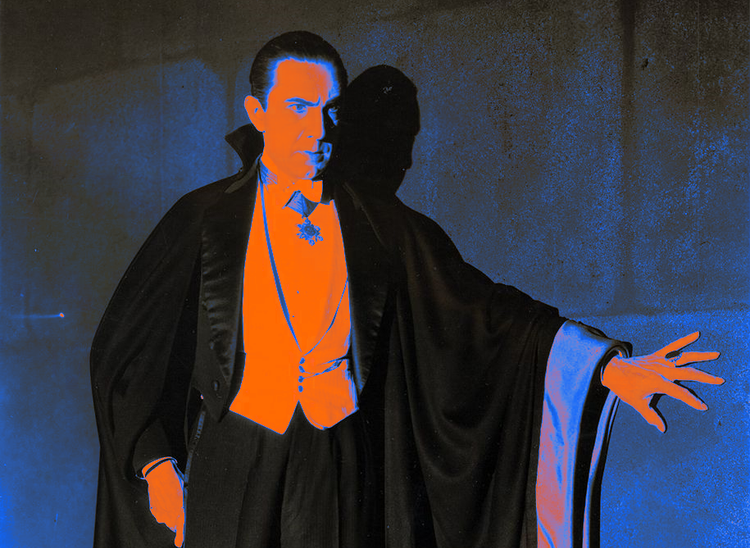
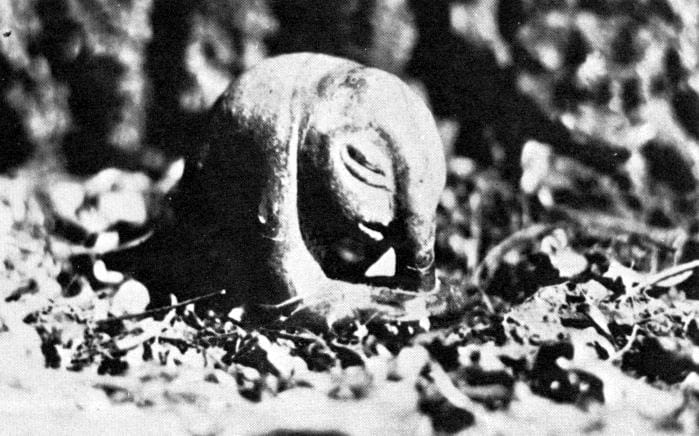
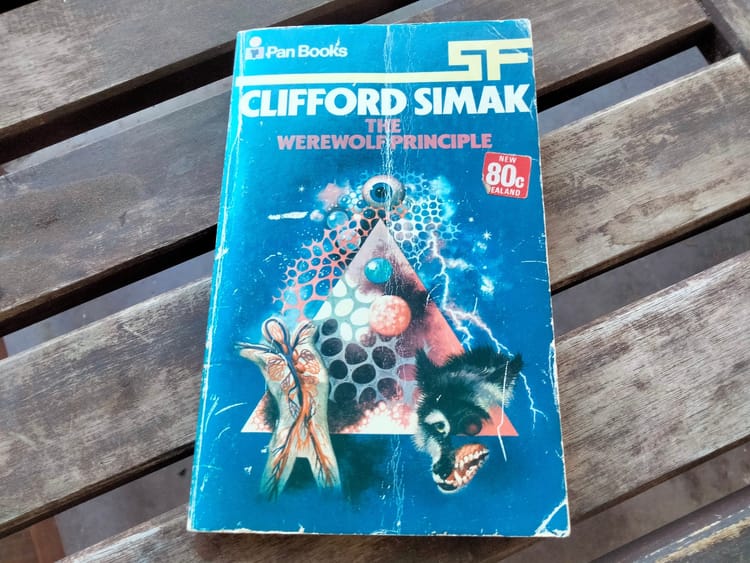
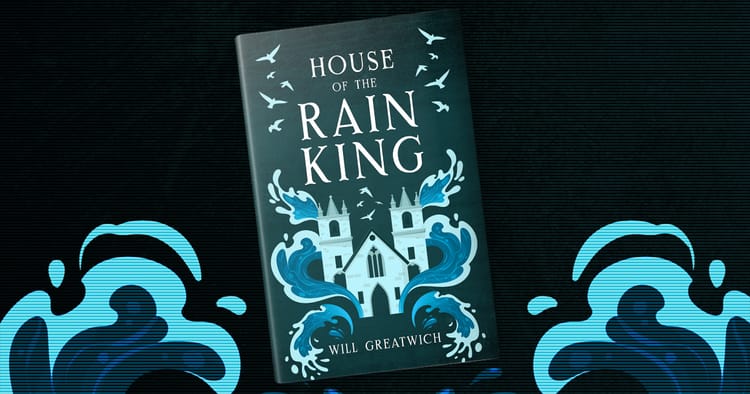
Member discussion